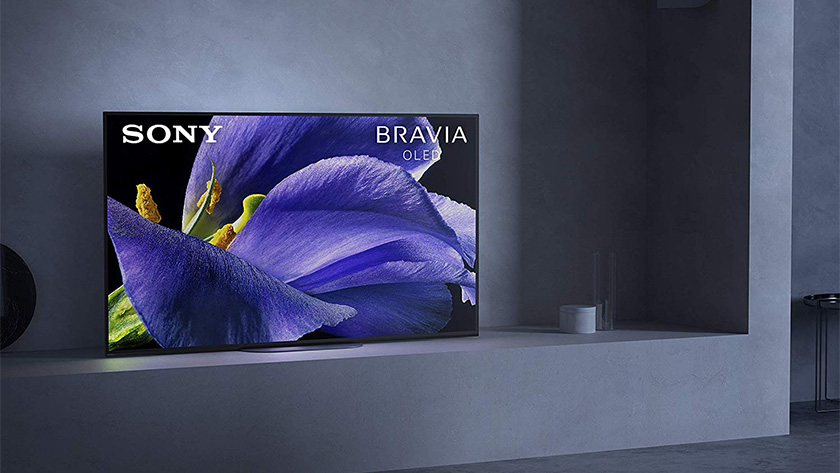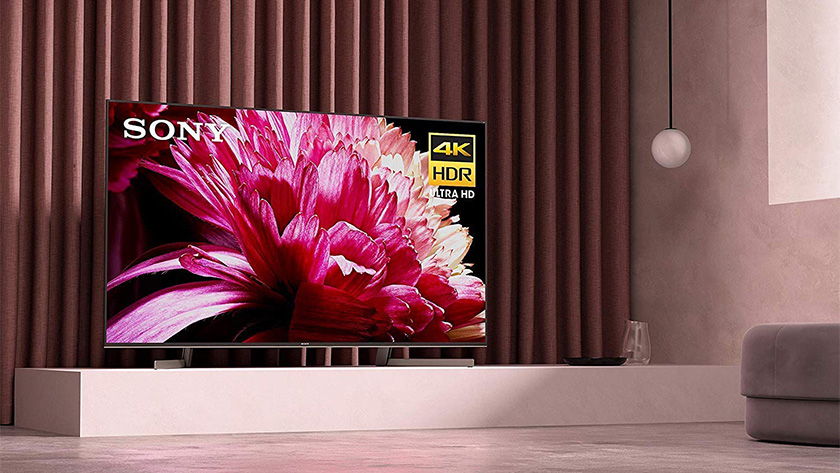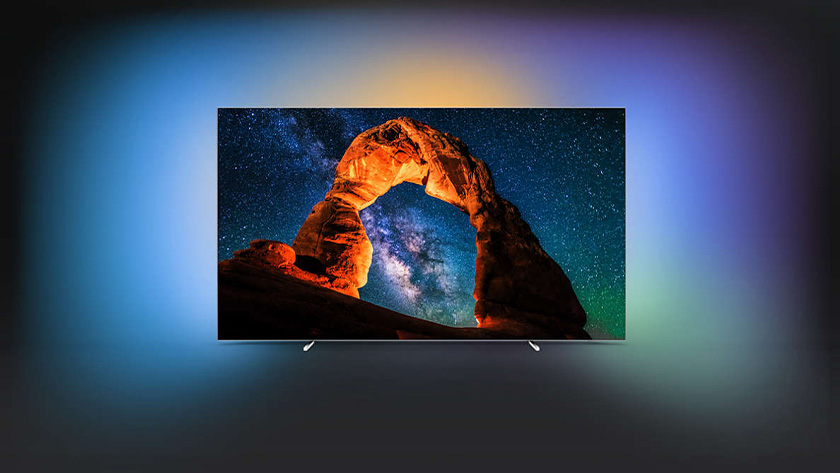The easiest way to get Android TV on virtually any device is with a set top box. However, there are a small selection of TVs that come with Android TV built-in. There are some advantages to getting a TV with Android TV. For starters, they all come with Chromecasts. Additionally, you only need one remote instead of two. There are some great selections here, although not all of them are available everywhere. Here are the best Android TVs!
Unfortunately, the list of TV manufacturers that sell Android TVs are rather slim. It includes Hisense, Philips, Sharp, and Sony with a few smaller players here and there. Most TVs run a company’s own OS, such as Samsung with its Tizen platform while others partner with third party vendors, such as TCL and its partnership with Roku.
Thus, the list of TVs with Android is rather short and it’s dominated by Hisense and Sony in most parts of the world. Still, if you don’t find anything you like on this list, you can hit up the official website to see all of the global partners. That should give you some additional options that we may have missed.

The Sony A9G is the top choice for Android TVs. It’s Sony’s latest OLED offering and it comes with a metric ton of features. The picture is outstanding and the OLED screen gives you perfect blacks and the highest possible contrast ratio for a television. It comes with a slim design, decent TV speakers, and enough HDMI ports for whatever you need. Reviewers have complained about color calibration out of the box. However, that’s easy enough to fix with a little patience.
The Android TV experience is positive as well. You can use Google Assistant on any HDMI input to ask for whatever you need. Of course, like most Android TVs, there is a Chromecast built-in and the TV upscales content better than most. The A9G represents not only the best option in this space, but also the most expensive at $2,799.99 for the 55-inch variant at the time of this writing.
If you don’t mind going a little older, last year’s model (the A8G) runs for $1,799.99 for the 55-inch variant if you can find it available. It’s has OLED, HDR, 4K, decent sound, plenty of inputs, and excellent image quality. The only real downside is the price tag.

We’re back with Sony again for our mid-range option. It’s an LED TV with full array local dimming. That means it doesn’t have edge lights like most LED TVs, it has a bunch of lights all over the TV that light up independently. Full array lighting gives LED TVs deeper blacks than most edge lit TVs and it can do some other neat tricks.
This TV is still rather expensive, but it comes with the goods. It upscales old content very well, has outstanding brightness for HDR content, a wide color gamut, and an above average contrast ratio. Of course, Android TV rounds an excellent selection of features.
We like this TV for its smaller niceties too. The back of the TV legs are hollow so you can hide cables. Additionally, all four HDMI ports support HDMI 2.0, a feature that’s getting more common but is still somewhat difficult to find consistently. It doesn’t support 120hz refresh rates and the viewing angles are predictably bad, but otherwise this is a rock solid TV. Just like the A9G above, you can save a bit of money if you go with last year’s X900F which is almost the same as the X950G.

The Hisense H9F is a surprisingly decent TV for its price tag. It comes with full array local dimming like the much more expensive Sony X950G and can produce comparable contrast and black levels. The picture quality, peak brightness, lower resolution upscaling, and colors are all surprisingly good for a TV at this price range. Some reviewers complain about uniformity but you shouldn’t see any problems unless you really look for it.
The peripherals are good as well. All four HDMI ports support HDMI 2.0. Unfortunately, there is no HDMI 2.1 support or eARC support, but not a lot of TVs have those at any price range. It supports HDR10 and Dolby Vision and that puts it right on par with most of the other TVs on this list. In short, it does fine. The biggest issues we could find include gray and black uniformity in some scenarios, sound, out of the box color calibration, and it runs a little warmer than most TVs.
Of course, there are little things here and there that the more expensive TVs do better. Of course, you’re also paying more than double for those little things. That makes Hisense one of the smarter options for those buying on a budget, especially when you consider that you don’t have to buy an additional set top box or Chromecast.
You can still pick up the H8F for about $200 less at the time of this writing. However, unlike the Sony TVs, Hisense actually makes measurable progress and improvements on their yearly offerings so there is a rather large difference between the H8F and the H9F. Still, $399.99 is a damn decent value for the H8F versus the $599.99 for the H9F.

The Westinghouse UX4100 is a serviceable Android TV for its price tag. It runs for a rock bottom price of $279.99 for the 43-inch variant and that may be the only size it comes in. Westinghouse makes larger TVs, of course, but they are usually also Roku TVs. That makes this kind of a diamond in the rough.
Its size is serviceable for most smaller and medium living rooms and this works great as a bedroom TV. The picture quality, contrast, and brightness are all serviceable for its price tag but it probably won’t blow you away. Keep in mind we’re in the sub $300 category right now and you’re obviously making some sacrifices going down this low.
The Android TV portion works perfectly and you can use it for whatever you need it for. Honestly, this is a UHD TV with HDR and that means it works with Chromecast Ultra. Since one is already built-in, you’re also saving $70 from that. However, if you can swing an extra $120, you should go with last year’s Hisense H8F if it’s still available because, honestly, it’s a better TV overall by a fairly sizable amount and it’s only at $399.99 because they’re trying to sell out of them to stock the 2019 H9F listed above.

It’s extremely disappointing that Philips doesn’t sell its 803 OLED TV in the United States. It’s a 1,200€ OLED TV with an excellent picture quality, decent upscaling, and, as with all OLEDs, a functionally perfect contrast ratio. Unfortunately, due to availability, I wasn’t able to personally check this one out. Thus, I’m leaning a bit on reviews for my information here.
The specs are as you would expect. It includes four HDMI-out ports, Chromecast built-in, and a remote with voice activated controls. Philips apparently did an excellent job calibrating the TV’s colors as most reviews put it neck and neck with Sony’s and LG’s OLED offerings. Additionally, the sound quality is apparently also surprisingly good for a TV.
Unfortunately, this one is only available in select regions and our link to buy is from Amazon Italy. Those in Europe and countries outside of the US should definitely consider this one. Those in the US are stuck with the previous four options.
In most cases, we would normally recommend picking up a set top box rather than a whole TV if you like Android TV. Yes, it takes up an HDMI slot, but you can upgrade a set top box a lot easier than you can upgrade a TV. Plus, content is getting bigger and requires more powerful hardware every year. In any case, if there’s a good Android TV we missed, tell us about it in the comments!
17/10/2019 11:30 PM
17/10/2019 03:28 PM
17/10/2019 07:00 PM
17/10/2019 04:42 PM
17/10/2019 02:30 AM
17/10/2019 09:05 AM
17/10/2019 04:00 AM
17/10/2019 07:30 PM
2014 © Canadian apps and news